The New York painter Alex Katz will be turning 95 in July. Born in Brooklyn, he spent his childhood in Queens, entering the Cooper Union School of Art and Architecture in 1946. This means he’s been painting for approximately… seventy-five years. In his New York and Maine studios, (both of which I visited in 1996 in preparation for the retrospective I dedicated to him at the IVAM, where I was director at the time), he continues to take on the daily challenge of painting.
A painter’s painter, as were Bonnard (about whom we will be speaking in the conversation the reader can find further on) and Morandi before him, I myself discovered him, much like the Californian Ed Ruscha, thanks to one of the major figures from my generation in Spain, the since-departed Carlos Alcolea, another master of the paintbrush. It was from the well-stocked bookshelves of this lover of literature that I came across the goldmine that was Abrams’ 1979 monograph of Katz, from the pen of the insightful critic Irving Sandler. This was why I dedicated the 1996 show to him, in memoriam.
One of the most common mistakes made by Wikipedia and a certain sort of journalism, not to mention, alas, the occasional art historian, is to consider Katz a precursor of pop art. That same mistake has tended to be made with another of his peers, the recently-deceased Wayne Thiebaud, another voice of the West Coast, though a contrasting one to Ruscha. And no, Katz is not a pop artist (as he makes quite clear in our conversation) but, rather, a sort of successor, though of course with a different approach, to Edward Hopper. A voice of New York and the North American plains. Boasting an extensive knowledge of the tradition of his métier, with guiding lights including the likes of Velázquez, Vermeer, Goya and Matisse, he is someone with whom it is always a pleasure to ‘parler peinture’, whether the conversation takes in Monet, Seurat, Vallotton, Le Douanier Rousseau, Marquet, the New York School or contemporary artists such as Peter Doig or Luc Tuymans. He admires some pop artists, for example Lichtenstein or the early Rosenquist. But it is clear that exalting the world of the objet trouvé was never his thing; but then nor were the interplay with the language of comics or the sociological critique of mass media. Ultimately, it is only on a thematic level that he bears some comparison with pop artists. He is extremely close, on the other hand, to colleagues and friends whose art is far more figurative and pictorial, such as Jane Freilicher, Philip Pearlstein, Fairfield Porter or Larry Rivers. And also close, as was pointed out by the unforgettable Kevin Power, to the great Frank O’Hara and to other poets from the New York School, many of whom were also major art critics and followers of both the action painters and figurative artists such as those I have just mentioned. Katz illustrated bibliophile books by several of them, also including them in his gallery of subjects, sometimes on canvas, sometimes as sketches, on other occasions as what he called cut outs, with polychrome metallic outlines. His favourite of all was without doubt Frank O’Hara. He also depicted Joe LeSueur, one of the lovers of the poet/critic, in an incredibly sophisticated painting titled Here’s to You (1961). Soon to follow it was Passing (1961), his brilliant self-portrait in a hat, which is in New York’s Museum of Modern Art (MoMA). This aspect of his oeuvre produced some of his most definitive works, such as The Cocktail Party (1965) or Thursday Night 2 (1974), both modern conversation pieces. Always within the spirit of dialogue between the arts, we should mention his penchant for jazz, and the collaboration with the Paul Taylor dance company, which serves as the subject for several of his large-scale paintings.
Maine, which he discovered in the summers of 1949 and 1950, while broadening his studies at the Skowhegan School of Painting and Sculpture, was always, for Katz, an ideal counterpoint to his native city. To visit him there is akin to wandering through his paintings. And those that evoke his own summer residence are memorable, on whose yellow-painted wooden walls, where trees cast their fleeting shadows, the silhouettes of guests are outlined in as joyful and summery a painting as Lawn Party (1965), which belongs to the collection of the New York MoMA. A joy one can almost touch also oozes from the bucolic scene depicted in Summer Picnic (1967), whose subjects feature the unique painter, photographer and filmmaker Rudy Burckhardt, who we met in Maine through the Katzes, along with another of the figures included, Burckhardt’s wife, the equally fascinating painter Yvonne Jacquette. Furthermore, during my stay Katz took me in his sky-blue convertible Cadillac Eldorado to Waterville to show me Colby College, a museum where an entire wing (which is permanently expanding) is dedicated to his work, something that speaks volumes for the generosity he has shown this region where he feels particularly at home, and for an institution that has welcomed him with an enthusiasm that extends to other similar artists, whose works he has donated over the years. His own pieces, with their corresponding images, account for no less than 878 of the entries on the institution’s website.
I mention the Katzes. As well as Alex, the family includes the marvellous Ada Del Moro (of Italian origin, as her maiden name indicates), his wife since 1958, and their only child, the poet and art critic Vincent Katz, and his wife, the Brazilian Vivien Bittencourt. Every fan of the work of the paterfamilias knows the silhouettes of the other three members of the clan, who have posed for him on countless occasions, especially Ada, who was the subject in 2006 of an unforgettable monographic exhibition in New York’s Jewish Museum, Alex Katz paints Ada. In this regard, he estimates that the body of his works about her could number in excess of a thousand. Madrid’s Reina Sofía Museum houses a dazzling 1993 portrait of her, titled Big Red Smile, a second version of The Red Smile (1963), which is in the Whitney Museum of American Art. Equally dazzling is Ada with Superb Lily (1967). There are also now portraits of Vincent from when he was a child. Few contemporary painters have practised the art of portraiture with such originality or brilliance as Katz.
One especially important cycle (and for which I have always felt a particular affinity) from Katz’s oeuvre is that of his New York nocturnal paintings. The oldest has, since soon after the aforementioned retrospective, been housed in the IVAM collection. It measures some 3.35m in width and the same again in height, dates from 1986 and is titled Wet Evening. I first discovered it in 1995 in the solo exhibition held by the painter in the Baden-Baden Kunsthalle. I would refer the reader here to my dialogue with the artist, which may be read after this introduction. Another important work is a canvas of smaller dimensions which exudes an intense and almost symbolist lyricism, titled Purple Wind (1995). In paintings such as these, the painter successfully expresses the rich mystery and enigma of neighbourhoods of office blocks, with their windows lit up in the twilight. And it is not just New York, but also Paris, Barcelona, Buenos Aires, Sao Paulo, Brussels (once very much a symbolist city whereas now the futuristic capital of Europe) and many other major cities across the world that come to mind when we consider the poetry of twilight in an area of similar characteristics.
Always Maine. From the 1960s onwards, that largely untouched Atlantic State, which has always attracted artists, has been one of the main sources of inspiration for this great landscape painter, who as I have already mentioned began to visit the area in 1949, and would throughout the following decade choose it as his regular holiday destination. Maine’s presence in his work is borne out by his essential trees (he also painted those of his native city’s Central Park); his visions of ponds with a certain nod to Monet, such as the one next to which he would end up building his current summer studio; his evocations of little ports; his ‘portraits’ of cows or moose or seagulls; and most of all his images of the coast. Some of his marine depictions from Maine are simply prodigious, with something of the best Albert Marquet, but more pared down to the essential. I remember, from Madrid’s 2008 Arco art fair, the love at first sight I felt on beholding one of these splendid Katzian aerial white and blue marine works of considerable size being presented by Thaddaeus Ropac. I went back to that stand so many times to take yet another close look at that painting that I got the impression the people representing the gallery must have started to suspect there was something odd about my behaviour.
From 1990 onwards, Katz has exhibited quite a lot in my country, Spain. His work has been displayed by galleries in Madrid, Barcelona and Valencia. In 2002, some of his splendid pieces of graphic art were shown at an exhibition that La Caja Negra, a Madrid gallery specialising in the field, dedicated to the books and prints by a range of artists published by that great New York gallerist and publisher Peter Blum, who has also released marvellous publications of works by Tacita Dean and Helmut Federle. Katz’s most important retrospective in Spain to date was the aforementioned one at the IVAM. Although it was less comprehensive in terms of his entire corpus, it is also worth mentioning the 2015 exhibition held in the MACUF (Museo de Arte Contemporaneo de Union Fenosa), a museum in Coruña financed by the Unión Fenosa energy company, which sadly closed its doors soon after. Curated by David Barro, one of the best critics of the new generation, it included works from Portugal (specifically from the gallerist Mário Sequeira’s collection), and included a monograph publication, Alex Katz: Casi nada, which emphasized the relevance of the North American for new figurative voices, both in his country and across the world, including Spain.
Our conversation took place online some months ago, and gives us a live insight into the subtle discourse of a superb painter who will soon become the subject of a new retrospective, which one presumes will consolidate him for good, in his native city’s Guggenheim. In terms of subsequent reading, I would heartily recommend his 2018 book, which I quote in one of my questions, Looking at Art with Alex Katz, which is structured as a dictionary.
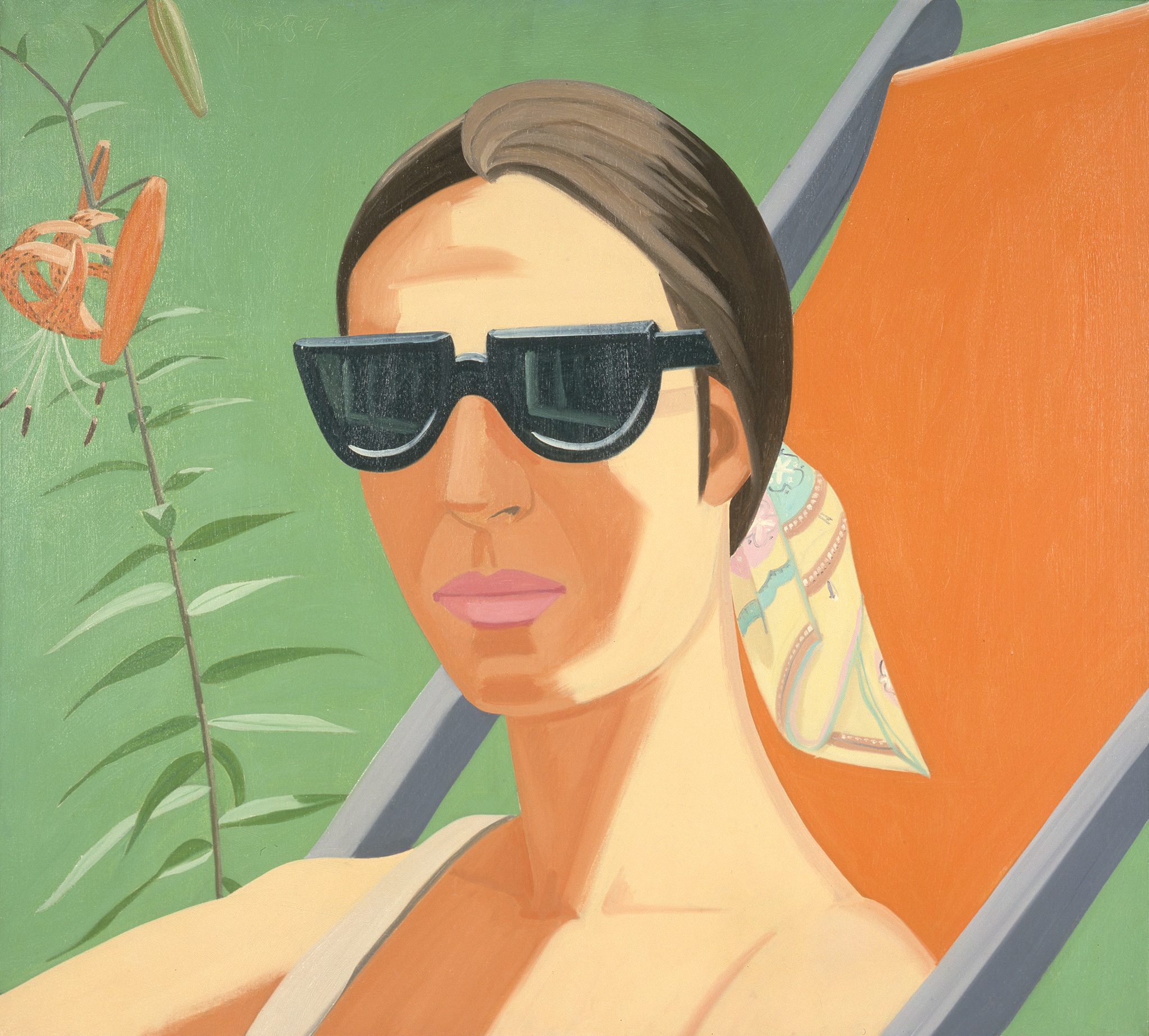
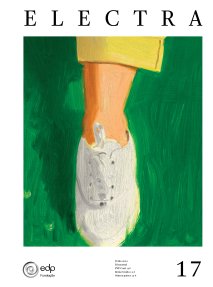
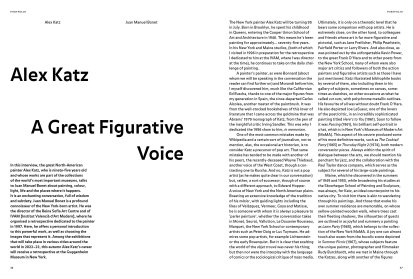
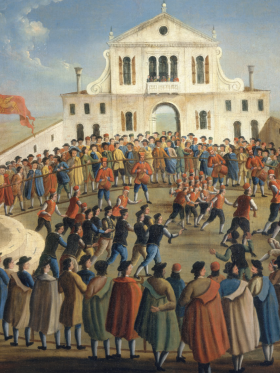
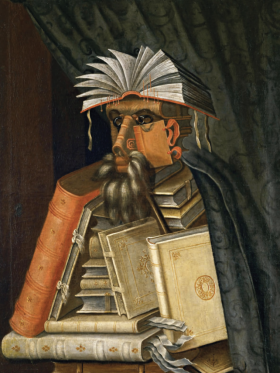

Share article